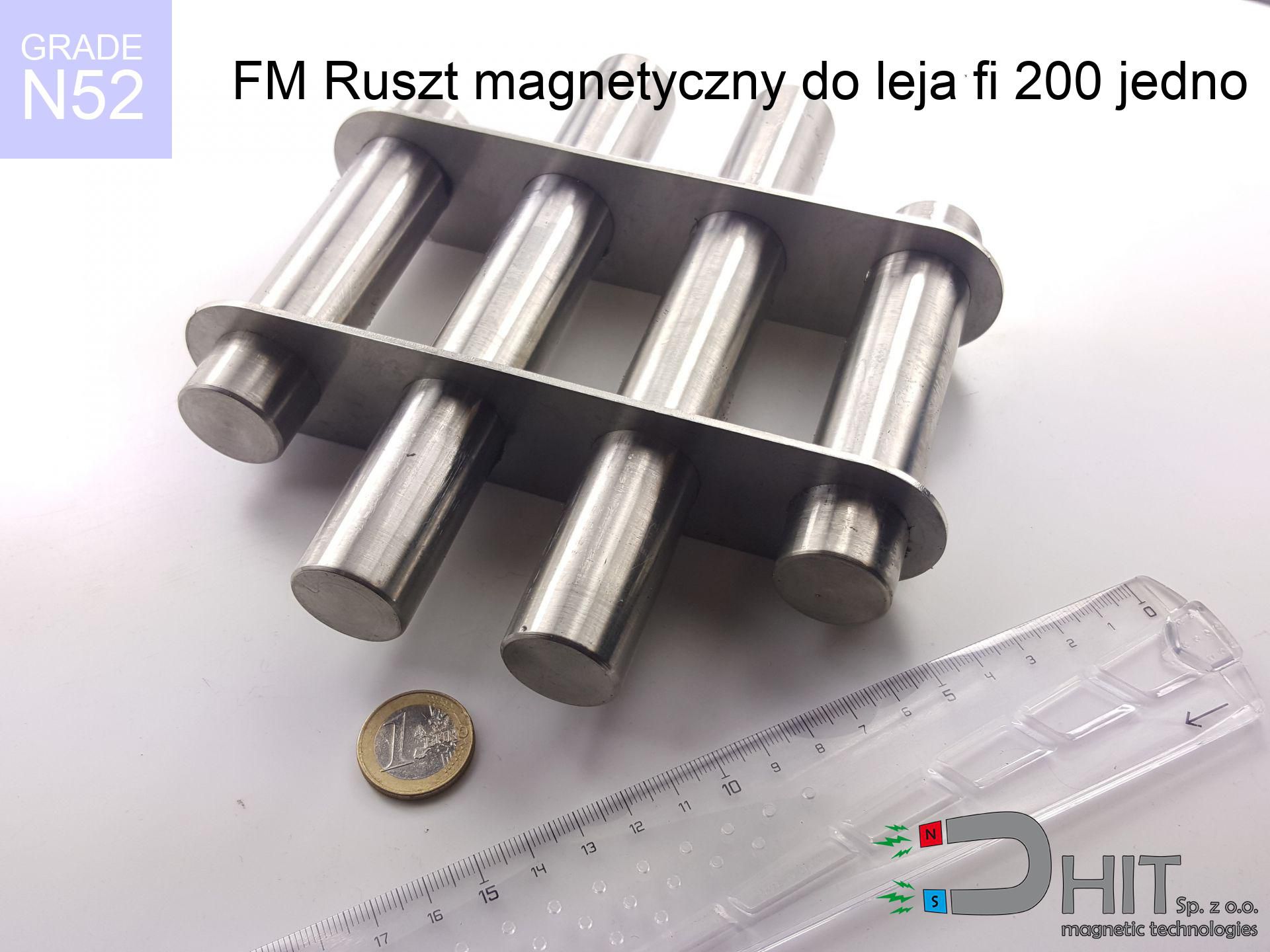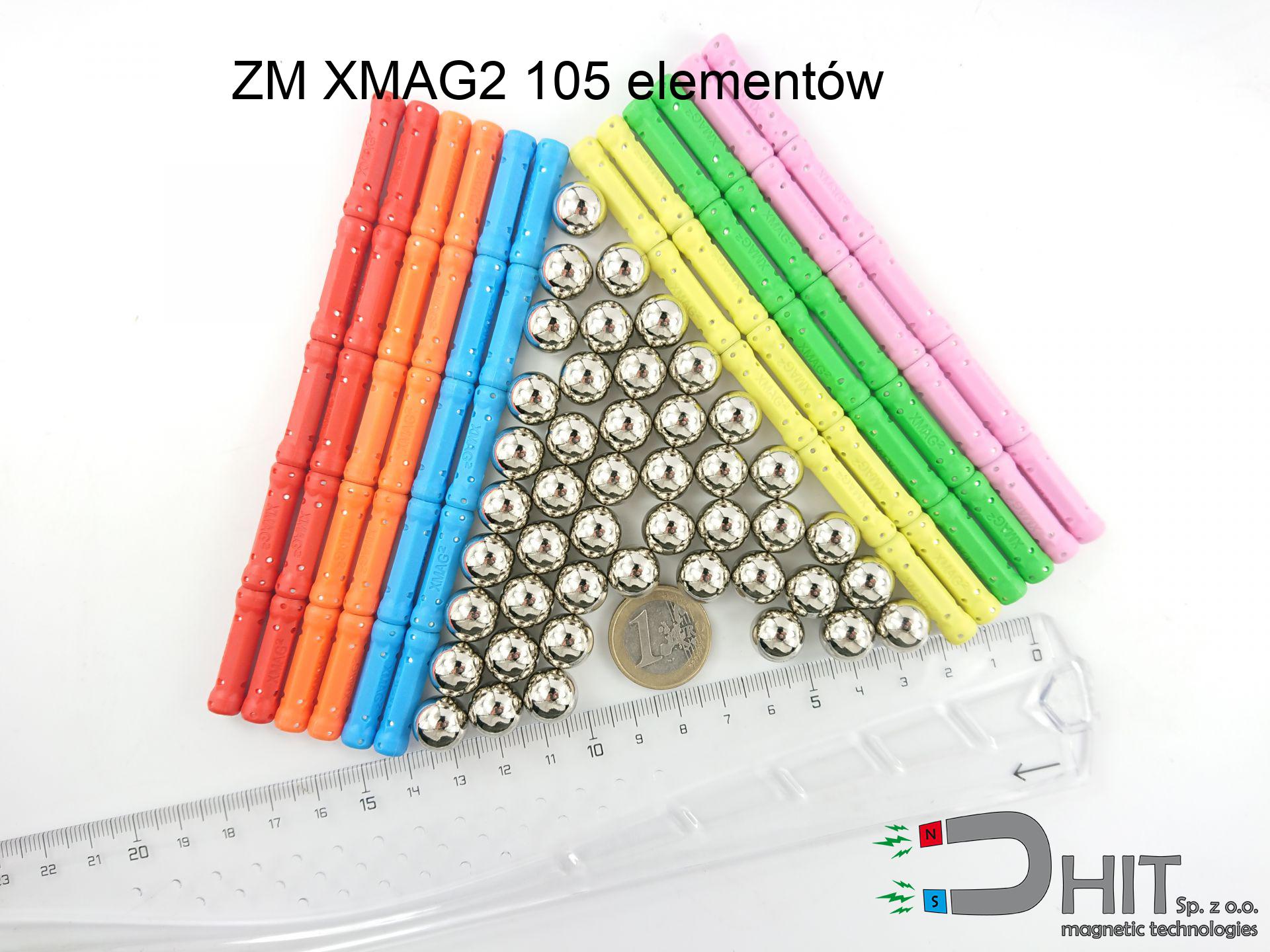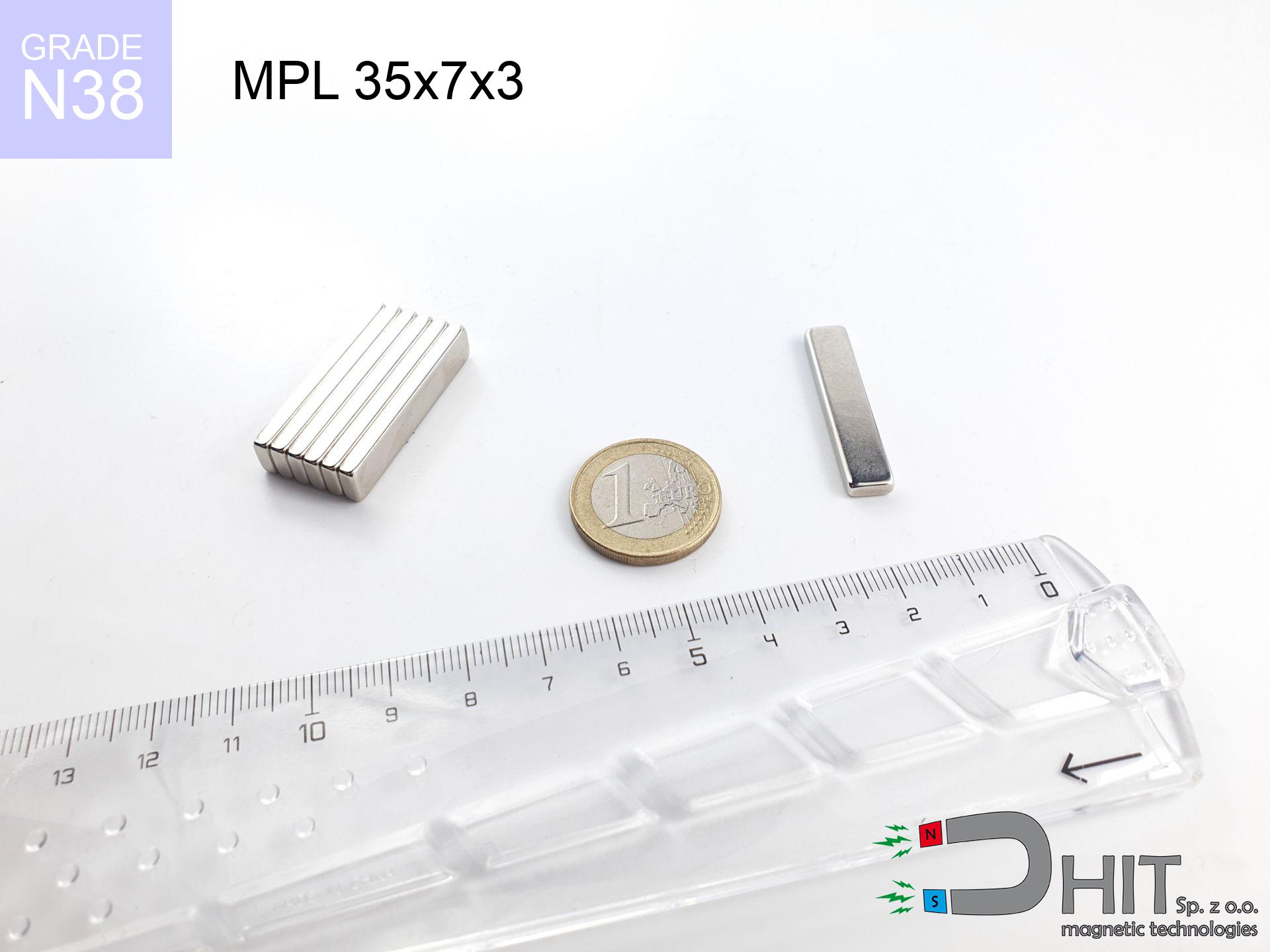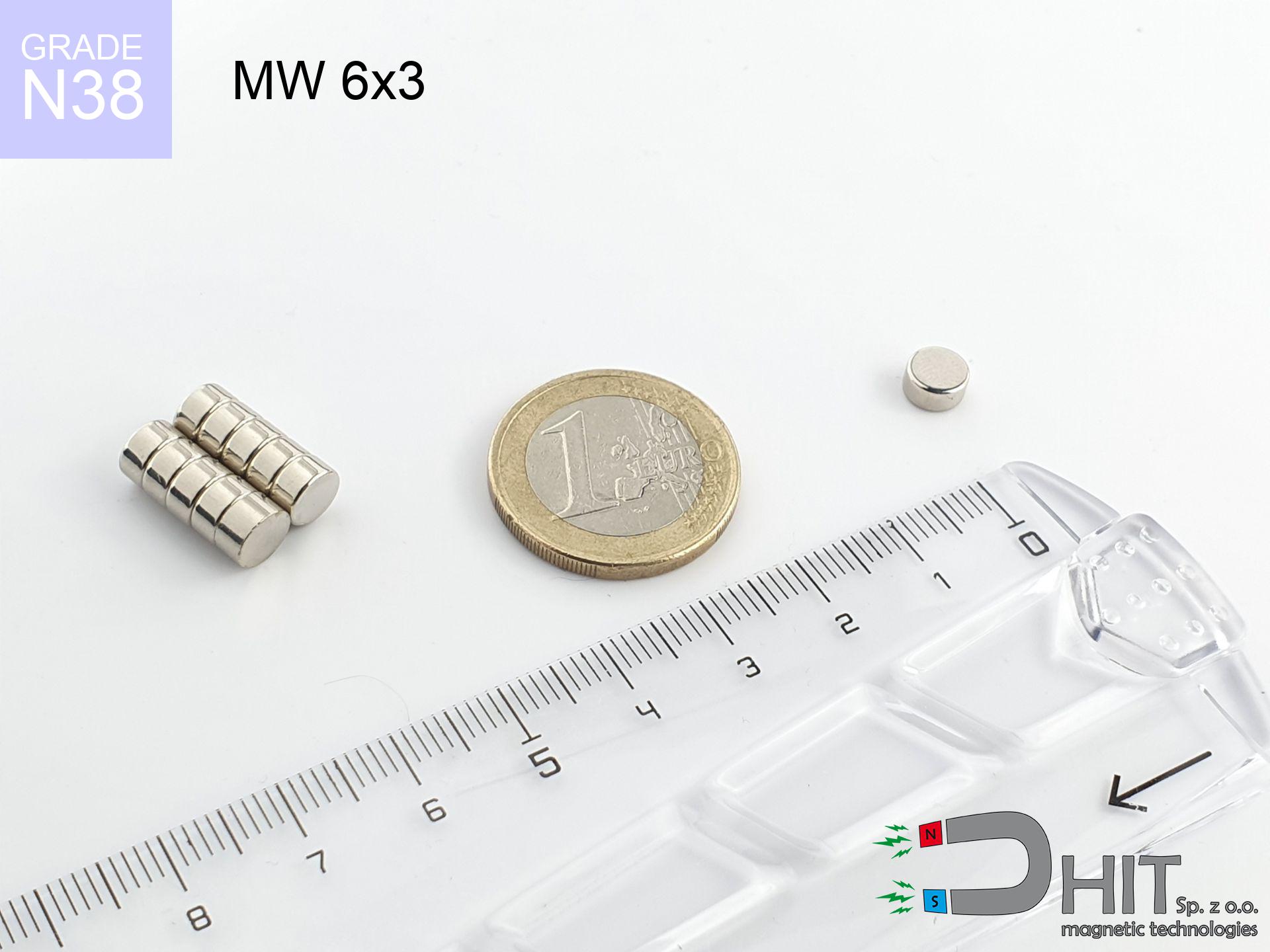SM 32x450 [2xM8] / N42 - magnetic roller
magnetic separator
catalog number 130303
GTIN: 5906301812968
diameter Ø
32
mm [±0,1 mm]
height
450
mm [±0,1 mm]
max. temperature
≤ 80
°C
catalog number 130303
GTIN: 5906301812968
diameter Ø
32 mm [±0,1 mm]
height
450 mm [±0,1 mm]
max. temperature
≤ 80 °C
1340.70 ZŁ gross price (including VAT) / pcs +
1090.00 ZŁ net price + 23% VAT / pcs
bulk discounts:
need more quantity?Do you have difficulties in choosing?
Give us a call tel: +48 888 99 98 98 or write via contact form on our website. You can check the mass and the appearance of neodymium magnets in our power calculator magnetic mass calculator
Orders placed by 2:00 PM will be shipped on the same business day.
Specification: magnetic separator 32x450 [2xM8] / N42
Magnetic properties of the material N42
Physical properties of sintered neodymium magnets Nd2Fe14B
Recommended articles for purchase
Advantages as well as disadvantages of neodymium magnets NdFeB.
Apart from immense power, neodymium magnets have the following advantages:
- They do not lose their strength (of the magnet). After approximately 10 years, their power decreases by only ~1% (theoretically),
- They protect against demagnetization caused by external magnetic field extremely well,
- In other words, thanks to the glossy nickel, gold, or silver finish, the element gains an aesthetic appearance,
- They exhibit very high magnetic induction on the surface of the magnet,
- Thanks to their high temperature resistance, they can operate (depending on the form) even at temperatures up to 230°C and above...
- Thanks to the flexibility in shaping or the ability to adapt to specific requirements – neodymium magnets can be produced in a wide range of shapes and sizes, which amplifies their universality in usage.
- Key role in the industry of new technologies – are used in HDD drives, electric motors, medical equipment and other highly developed apparatuses.
Disadvantages of neodymium magnets:
- They are fragile when subjected to a strong impact. If the magnets are exposed to impacts, we recommend using magnets in a metal holder. The steel housing in the form of a holder protects the magnet from impacts and at the same time increases its overall strength,
- They lose strength at high temperatures. Most neodymium magnets experience permanent loss of strength when heated above 80°C (depending on the shape and height). However, we also offer special magnets with high temperature resistance, up to 230°C,
- They rust in a humid environment - during outdoor use, we recommend using waterproof magnets, such as those made of rubber or plastic,
- The use of a cover or a magnetic holder is recommended due to the limited possibilities of manufacturing threads or complex shapes in the magnet
- Possible danger arising from small pieces of magnets are risky, when accidentally ingested, which is crucial in the aspect of protecting young children. Additionally, tiny parts of these magnets can complicate diagnosis after entering the body.
Handle Neodymium Magnets with Caution
Magnets will attract to each other, so remember not to allow them to pinch together without control or place your fingers in their path.
Magnets will jump and touch together within a radius of several to around 10 cm from each other.
Dust and powder from neodymium magnets are flammable.
Do not attempt to drill into neodymium magnets. Mechanical processing is also not recommended. If the magnet is crushed into fine powder or dust, it becomes highly flammable.
Neodymium magnets can demagnetize at high temperatures.
Although magnets are generally resilient, their ability to maintain their magnetic potency can be influenced by factors like the type of material used, the magnet's shape, and the intended purpose for which it is employed.
It is important to keep neodymium magnets out of reach from youngest children.
Remember that neodymium magnets are not toys. Do not allow children to play with them. In the case of swallowing multiple magnets simultaneously, they can attract to each other through the intestinal walls. In the worst case scenario, this can lead to death.
Neodymium magnets are the most powerful, most remarkable magnets on earth, and the surprising force between them can shock you at first.
Please review the information on how to handle neodymium magnets and avoid significant harm to your body, as well as prevent unintentional damage to the magnets.
The magnet coating is made of nickel, so be cautious if you have an allergy.
Studies show a small percentage of people have allergies to certain metals, including nickel. An allergic reaction often manifests as skin redness and rash. If you have a nickel allergy, you can try wearing gloves or simply avoid direct contact with nickel-plated neodymium magnets.
You should keep neodymium magnets at a safe distance from the wallet, computer, and TV.
Neodymium magnets generate strong magnetic fields that can destroy magnetic media such as floppy disks, video tapes, HDDs, credit cards, magnetic ID cards, cassette tapes, etc. devices. They can also destroy devices like video players, televisions, CRT computer monitors. Do not forget to keep neodymium magnets at a safe distance from these electronic devices.
Keep neodymium magnets away from GPS and smartphones.
Magnetic fields interfere with compasses and magnetometers used in navigation for air and sea transport, as well as internal compasses of smartphones and GPS devices.
Neodymium magnets are noted for being fragile, which can cause them to shatter.
Neodymium magnets are characterized by significant fragility. Neodymium magnets are made of metal and coated with a shiny nickel surface, but they are not as hard as steel. In the event of a collision between two magnets, there may be a scattering of fragments in different directions. Protecting your eyes is crucial in such a situation.
People with pacemakers are advised to avoid neodymium magnets.
Neodymium magnets generate very strong magnetic fields that can interfere with the operation of a pacemaker. This is because many of these devices are equipped with a function that deactivates the device in a magnetic field.
Please see the article - What danger lies in neodymium magnets? You will learn how to handle them properly.

![SM 32x450 [2xM8] / N42 - magnetic roller SM 32x450 [2xM8] / N42 - magnetic roller](https://cdn3.dhit.pl/graphics/products/sm-32x450-2xm8-bex.jpg)





